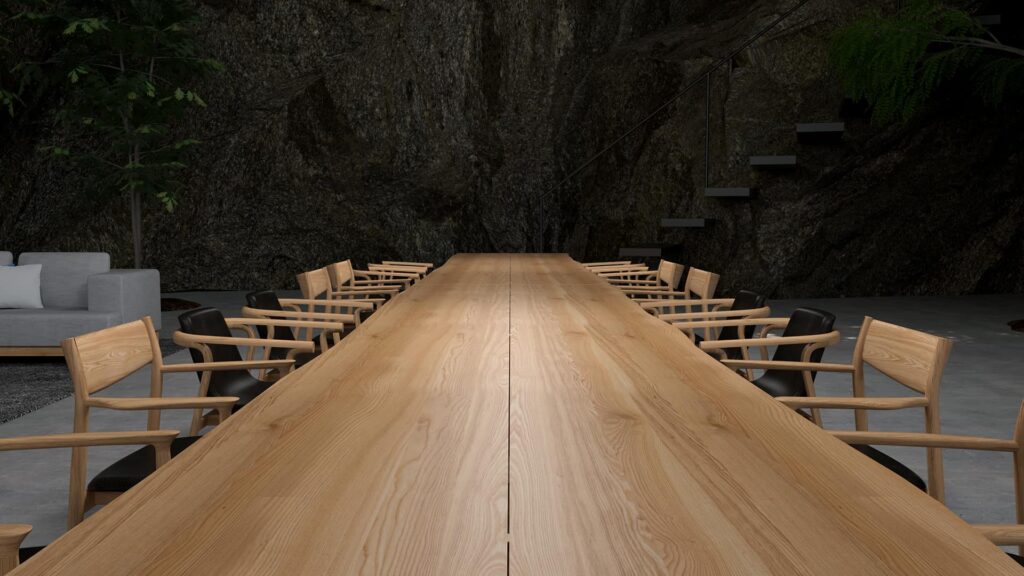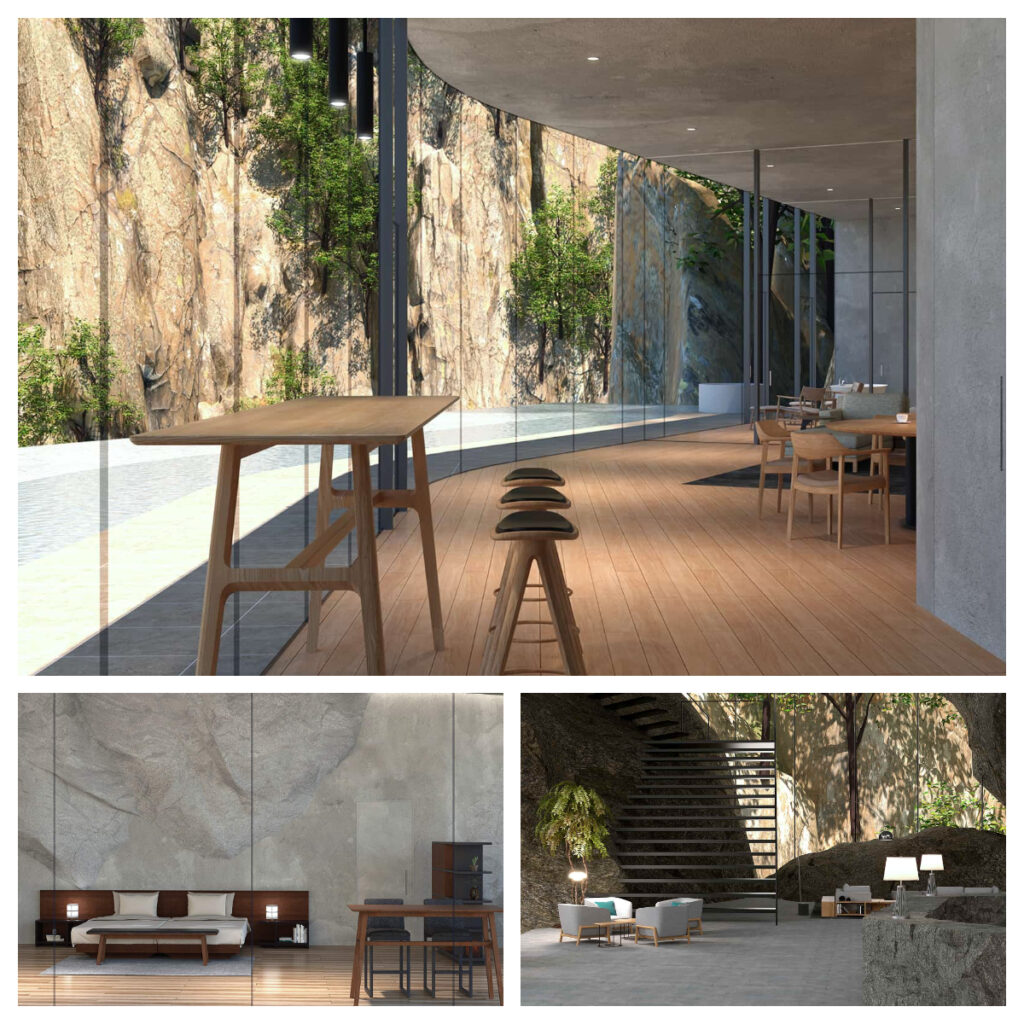The humiliation of a movie snob: The science behind PIXAR
According to my highly biased personal opinion, many movie enthusiasts (myself included, once upon a time) tend to look down on animated movies. I’m certain of this because I was one of them until I visited a special exhibition in Sapporo titled “The Science Behind PIXAR.” The exhibition detailed the complex production process behind PIXAR’s movies.
If you still believe only dramas played by real actors can truly move you, I insist that CG animation is equally dramatic. You just need to know the background stories of the people struggling behind the scenes.
Springs, shock Absorbers, and the art of the curly hair
At the exhibition, we watched many short videos featuring PIXAR engineers who all reiterated the same core belief: CG animation is the perfect fusion of art and science. After seeing the evidence, I was completely convinced.
Consider a couple of impressive examples:
Brave (2012): The challenge here was Merida’s famously voluminous, curly red hair. To express the natural bounce and movement of her curls, they first monitored the motion of actual springs. They soon found the hair bounced too much, looking unnatural. Their ingenious solution was to effectively install “shock absorbers” into the virtual springs, which finally resulted in perfectly natural, realistic movement.
A Bug’s Life (1998): One of the biggest challenges for the engineers was realistically rendering grass leaves as seen from a bug’s perspective. Their solution? They used complex quadratic functions (yes, high school math is useful!) to create the varied, organic curves of the grass blades.

Sou Fujimoto’s virtual reality: A hometown connection
As surface rendering, lighting, camera angles, and textures continue to improve, the line between CG and the real world will soon be indistinguishable.
Aligning with this trend, we took an ambitious step: we asked the world-famous architect Sou Fujimoto to design a virtual hotel exactly as he liked. Surprisingly, despite his super busy schedule, he kindly agreed to our request—probably because he is a senior alumnus of my high school in Asahikawa, where our company is headquartered. (I know this miracle has absolutely nothing to do with the fact that he is my senior at high school, but I like to think it might have helped.)
The result of his vision is the “Hokkaido Rock House,” which you can see in the images on this page.
The future of living: Harmonizing human and nature
We specifically requested that he design a hotel set in the iconic and beautiful nature of our hometown, free from all budget and legal restrictions.
His answer is a breathtaking structure designed to harmonize humanity and nature. He explained his philosophical approach: “If it gets too virtual or fanciful, it couldn’t express the charm of nature well. If it becomes too realistic, it will limit the future relationship between human and nature.”

The Hokkaido Rock House exists in the perfect, non-reproducible space between pure imagination and cold reality. It is the future living environment Sou Fujimoto dreams of.
Come and enjoy this beautiful space (virtually, for now)—the pinnacle of design born from a hometown architect’s genius and a little bit of high school network luck.


Shungo Ijima
He is travelling around the world. His passion is to explain Japan to the world, from the unique viewpoint accumulated through his career: overseas posting, MBA holder, former official of the Ministry of Finance.

